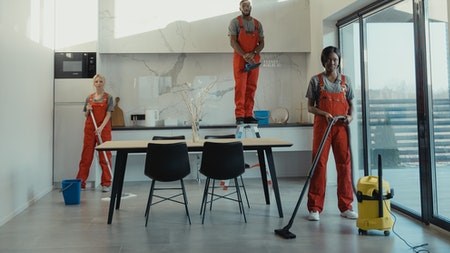Home inspectors know that most home defects they are likely to find in a typical house are fairly similar. Knowing about these common home problems can help both the buyer and seller.
Here are 10 common home defects that South African home inspectors will typically identify:
Poor drainage. Inspectors always check that storm water flows away from the house properly and also whether the roof needs new gutters and down-pipes. They will also inspect whether there is a danger of water seeping under the foundations.
Faulty electrical, plumbing and gas installations. Older homes often need electrical and plumbing upgrades, including new wiring, DB boards, hot water geysers and plumbing pipes and sanitary-ware. If electrical wiring, geysers and gas lines are not properly installed a home may become a safety hazard.
Leaking roof. Leaking roofs result from poor flashing, blocked gutters or aging roof coverings. Depending on the type of damage, repairs can range from minor to extensive.
Defective or non-existent insulation. In the days of cheap electricity most South African homes were built with no thought to insulation and energy efficiency. As a result many South African homes are freezing in the winter months – far colder that equivalent homes in Europe or North America – even though our climate is much milder.
Poor maintenance. A do-it-yourself seller’s or bakkie-builder’s fixes to plumbing, electrical and other problems may cause more harm than good.
Structural damage. A leaking roof or settling or weak moving foundation may mean that roof structures, doorways, walls and support beams could become unstable. Most South African homes are built on problem soils which move with the seasons.
Water seepage through windows and doors. If a home inspector sees evidence of water damage or water ingress, then re-caulking windows and doors, adding weather-stripping or other more extensive repairs may be necessary.
Rotten window and door frames, timber floors and roofing timbers. South Africa has a host of pests like borer beetles, termites and wood-destroying fungi which attack timber components of a house – especially in the dark, moist areas of the structure.
Poor ventilation. If moisture continually accumulates in a home, it can lead to structural damage and health hazards. Installing ventilation fans and keeping windows open to improve cross-ventilation will help – but buyers may find they need to alter walls or other structural aspects of a home in order to improve light and ventilation.
Hazardous materials. Older homes may contain lead-based paint and asbestos materials. Homes may also contain unhealthy levels of potentially toxic moulds.
Inspections provide sellers and their agents with a quick and factual inventory of the home to know if any problems exist. The seller can then decide how to address these issues and whether to fix them immediately.
If you as a buyer are informed about these common home defects through a home inspection report, thenyou can decide on how to proceed with the home buying process – such as requesting repairs be completed or that the major repair costs be covered by the seller.


